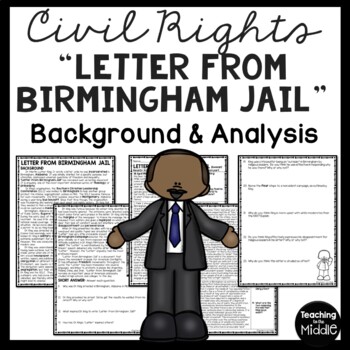

The ministers joined a chorus of critics who questioned why King and his fellow activists had chosen to stage their protests in Birmingham so soon after the city’s voters had rejected the leadership of its vocally segregationist Public Safety Commissioner Eugene “Bull” Connor. Carpenter and George Murray, Methodist bishops Nolan Harmon and Paul Hardin, Roman Catholic bishop Joseph Durick, Southern Baptist minister Earl Stallings, Presbyterian clergyman Edward Ramage, and Rabbi Milton Grafman. This group included Episcopal bishops Charles C. Local police officers arrested King and a handful of protestors, including Reverend Ralph Abernathy, and transported them to the Birmingham city jail, where 40 years earlier, a prisoner had penned a mournful folk ballad about the place that included the line “write me a letter send it by mail send it in care of Birmingham jail.”ĭuring King’s marches prior to his arrest, a diverse group of Alabama‘s leading white religious leaders had gathered to discuss the rising racial tensions and issued a public statement that questioned the timing and methods of the civil rights demonstrations. On Good Friday, April 12, King violated a court injunction prohibiting public civil rights demonstrations in the city. In April 1963, leaders from the Alabama Christian Movement for Human Rights and the Southern Christian Leadership Council, including Birmingham civil rights activist Fred Shuttlesworth and Martin Luther King Jr., commenced a series of sit-ins and pickets, known as the Birmingham Campaign, aimed at bringing an end to municipal segregation ordinances in Birmingham.

Despite its pragmatic and hurried origins, the document is now considered a classic work of protest literature. The letter served as a tangible, reproducible account of the long road to freedom in a movement that was largely centered around actions and spoken words. Martin Luther King‘s “Letter from Birmingham Jail” is the most important written document of the civil rights era.


 0 kommentar(er)
0 kommentar(er)
